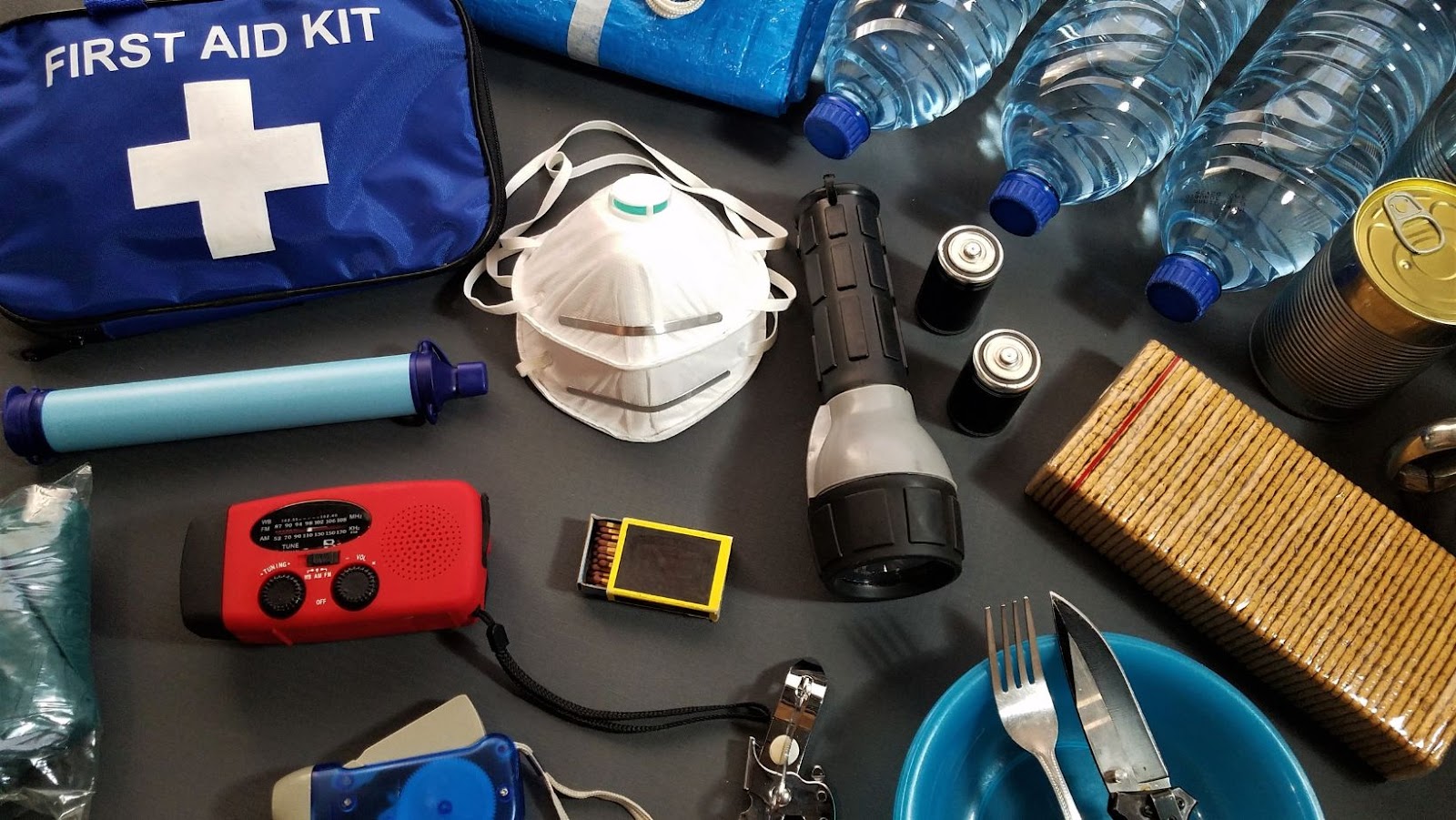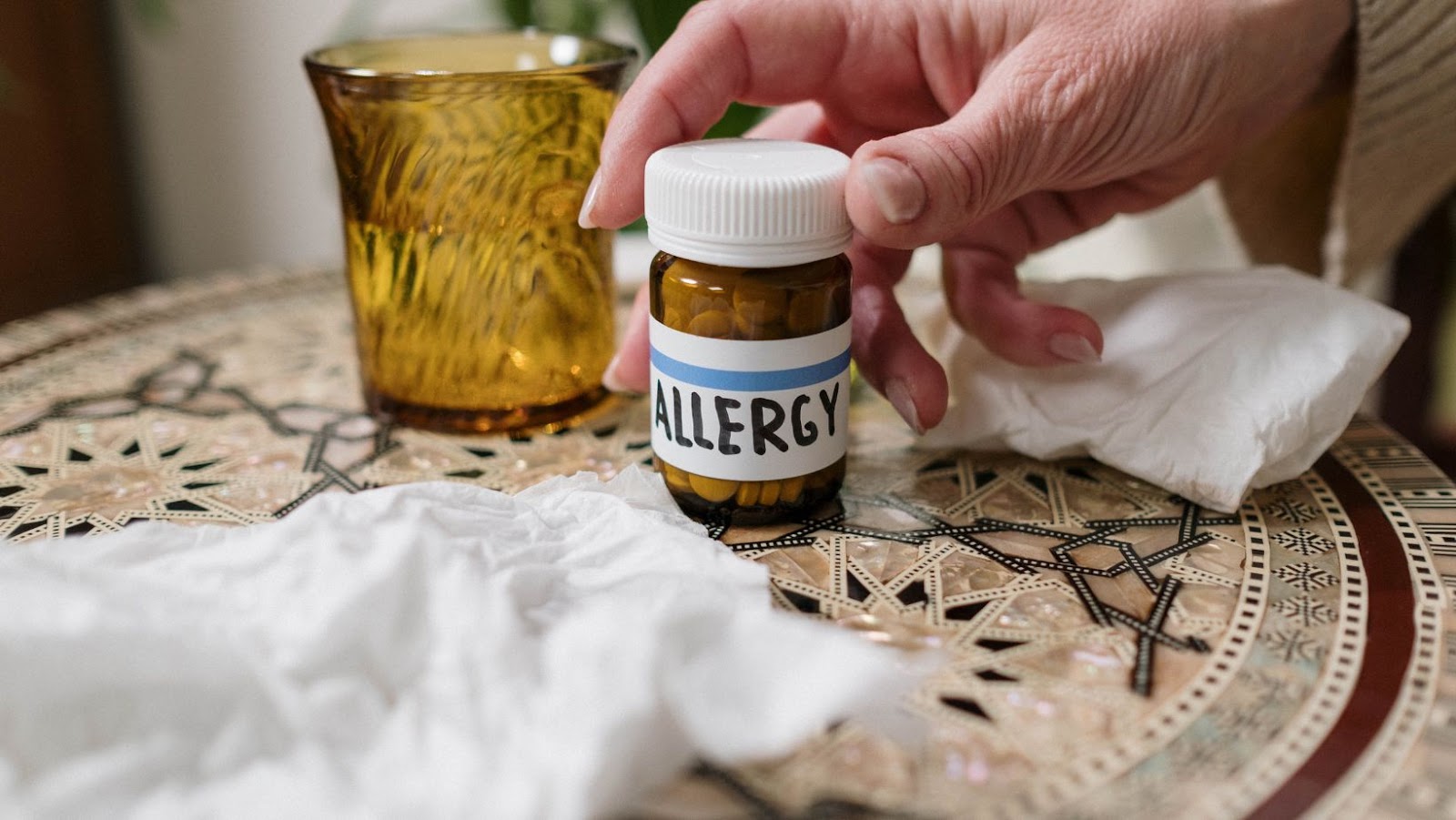
Being a parent is one of the most fulfilling journeys one can encounter. However, it can sometimes be pretty terrifying too. As parents we hold a responsibility to keep our children safe. Would you know what to do in an emergency anaphylactic situation?
Today, we will delve into a crucial topic that every mum should be aware of: anaphylaxis during the early years. By gaining an understanding of this severe allergic reaction and its potential triggers, we can equip ourselves with the knowledge needed to protect our little ones.
What is Anaphylaxis?
Anaphylaxis is a very serious allergic reaction that can occur within seconds of exposure to an allergen and can potentially be life threatening if first aid isn’t administered immediately. Anaphylaxis escalates rapidly and leads to breathing difficulties, drops in blood pressure and sometimes loss of consciousness. Triggers can include certain types of food such as nuts, milk, eggs, insect stings and bites (wasps & bees) and even latex contact.
Recognising the Symptoms:
Parents it is crucial to be able to identify the signs of anaphylaxis to act promptly. While symptoms may vary, the following are commonly observed during an allergic reaction:
- breathing difficulties – such as fast, shallow breathing
- wheezing
- a fast heartbeat
- feeling lightheaded or faint
- clammy skin
- confusion and anxiety
- Nausea, vomiting or abdominal pain and diarrhea
- collapsing or losing consciousness
- Skin reactions – hives, swelling, redness or rashes
Prevention and Preparedness

There are several measures you can take as a parent to prevent and manage an anaphylactic reaction in our children. Knowledge is absolute power. It’s so important to educate yourself and your family about potential allergens and where they hide. Read food labels carefully and accordingly.
Knowledge is power: Educate yourself about potential allergens and their hidden sources. Read food labels carefully and be aware of cross-contamination risks. It’s also important to ensure you introduce foods carefully to bubs. Gradually introduce common known food allergens such as nuts, dairy, eggs and strawberries in a slow pace and one food at a time. This ensures you are able to monitor your child for an adverse reaction and note anything sinister.
Communication is another big key here. It’s paramount to your child’s safety that if they do have a reaction to a food you ensure that other caregivers of your child or children are aware of these potential allergies and can stay clear of them when you’re not around. Ensure your child’s kindy or preschool are aware and provide them with relevant information and documentation such as an anaphylaxis action plan which you can organise with your child’s doctor. Ensure this information also includes relevant and up to date information about your child and emergency contacts.
Create a Safe Environment
As young children, many children don’t quite understand that they can’t have the chocolate with nuts in it, or the delicious birthday cake that has eggs in it. It’s super important that allergens are kept out of reach for children that don’t quite fully comprehend the adverse effects of a serious allergic reaction.
At home, ensure you have all the in date medications or epipen in case of an emergency. While your child’s allergy medication should be kept with them at all times, it’s a good idea to have a spare in the house.
Epipen
Learning how to use an Epipen and teaching loved ones how to do so as well is important.
Epipens, also known as epinephrine auto-injectors, are life-saving devices used to treat severe allergic reactions, such as anaphylaxis. These compact and easy-to-use devices contain a premeasured dose of epinephrine, a hormone that helps reverse the symptoms of an allergic reaction and improve breathing.
Epipens are designed to be carried by individuals with known severe allergies, such as those to foods, medications, or insect stings, providing them with a rapid response option in case of an emergency.
With a simple push on the device, the needle automatically injects the epinephrine into the thigh muscle, allowing for quick absorption and symptom relief. Epipens are an essential tool for managing severe allergic reactions and can be crucial in saving lives while awaiting medical assistance.
Emergency Response

Okay parents, remember that in the event of an anaphylactic reaction, time is of the essence.
Take the following steps:
Administer epinephrine: If your child experiences severe symptoms, such as difficulty breathing or a sudden drop in blood pressure, administer the epinephrine auto-injector immediately.
Call emergency services: Even if the symptoms appear to improve after using epinephrine, call emergency services to ensure proper medical care.
Seek medical attention: After administering epinephrine and contacting emergency services, take your child to the nearest emergency department for further evaluation and care.
If your child has an allergic reaction and has no known allergies, therefore no medication/epipen, it is crucial to act swiftly and follow these steps to ensure their safety and well-being:
Stay calm and assess the situation: Take a moment to evaluate the severity of the allergic reaction. Look for any signs of difficulty breathing, swelling, or hives on their body. If the symptoms are severe or rapidly worsening, call emergency services immediately.
Remove the trigger: If you can identify the trigger of the allergic reaction, such as a specific food or substance, remove it from your child’s environment to prevent further exposure.
Support their breathing: If your child is experiencing difficulty breathing, encourage them to sit upright and take slow, deep breaths. This may help alleviate some of the respiratory distress.
Call for medical assistance: Even if the symptoms appear mild, it is essential to seek medical help promptly. Contact your child’s pediatrician or local emergency services for guidance on how to proceed.
Monitor their condition: While waiting for medical professionals to arrive, closely observe your child’s symptoms and note any changes. If their condition deteriorates or they develop more severe symptoms, be prepared to administer basic first aid techniques like CPR if necessary.
Provide comfort and reassurance: Allergic reactions can be distressing for both the child and the parent. Offer emotional support, and let your child know that help is on the way. Stay with them until medical assistance arrives.
Support and Empathy
Lastly, remember that you are not alone. Reach out to support groups, connect with other parents facing similar challenges, and share experiences. Together, we can provide strength, understanding, and guidance to one another.
If you’re looking for more information on first aid and keeping your family safe, visit FirstAidPro.com.au. Let’s embark on this journey of parenthood together, ensuring the well-being of our precious children every step of the way























